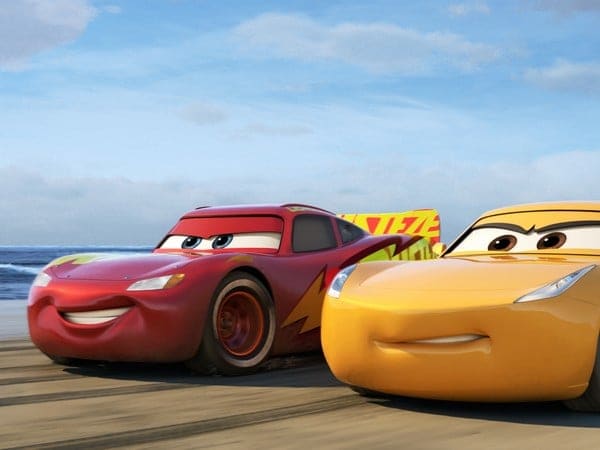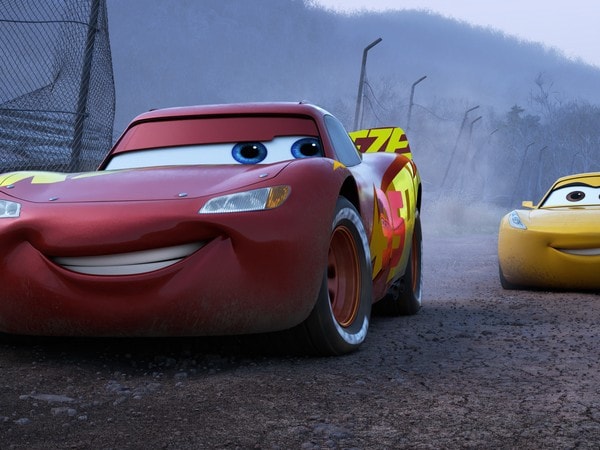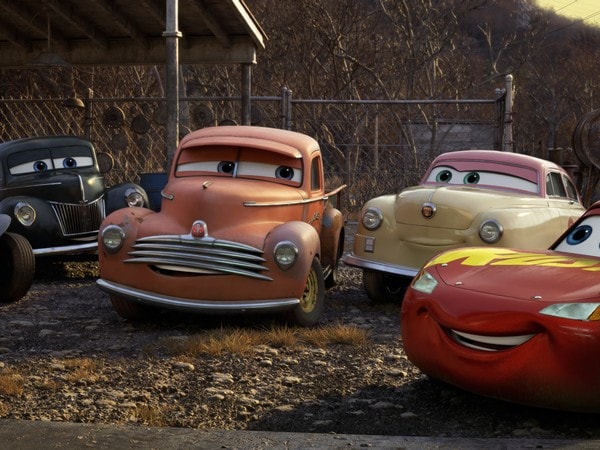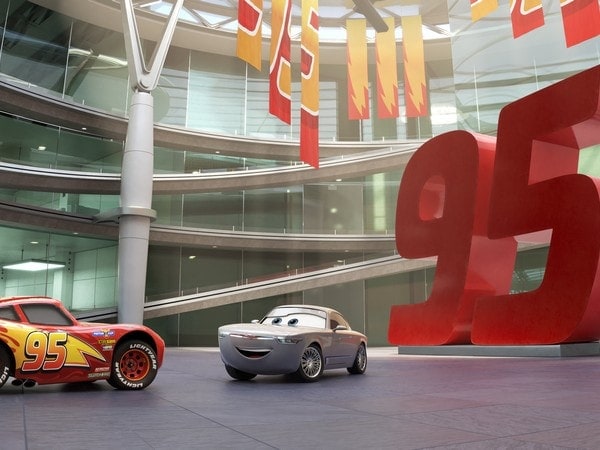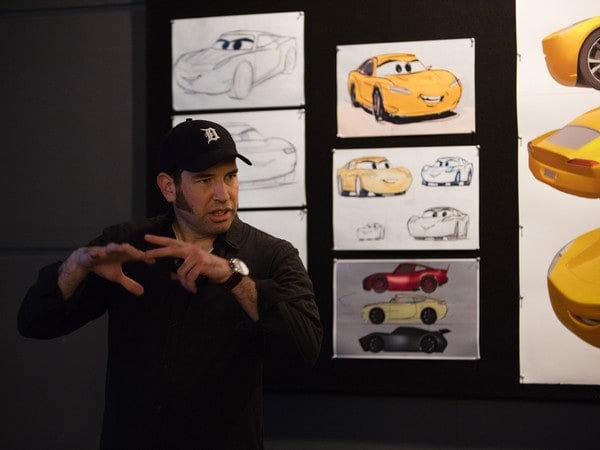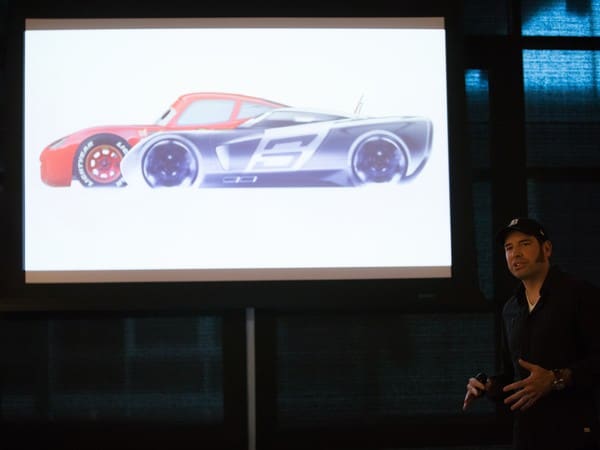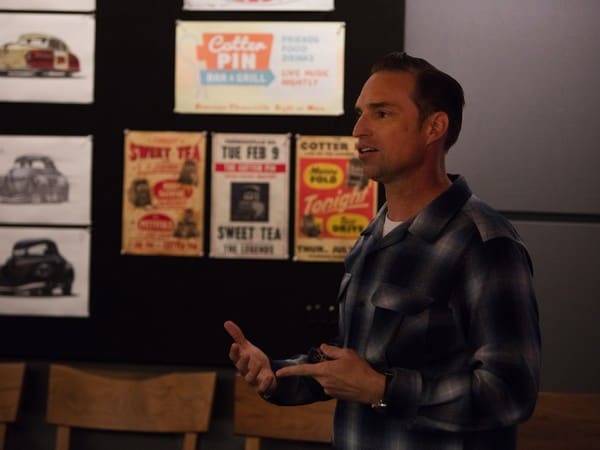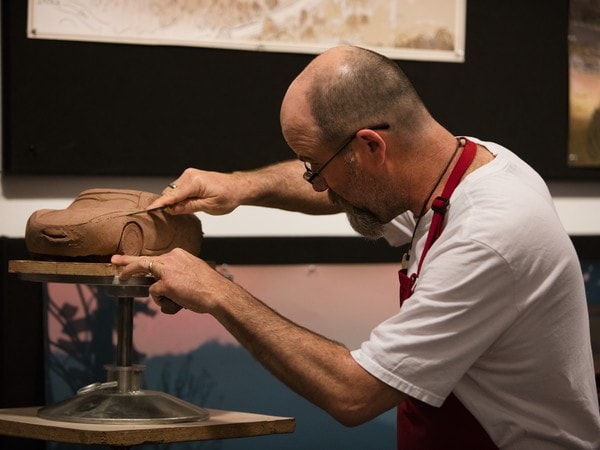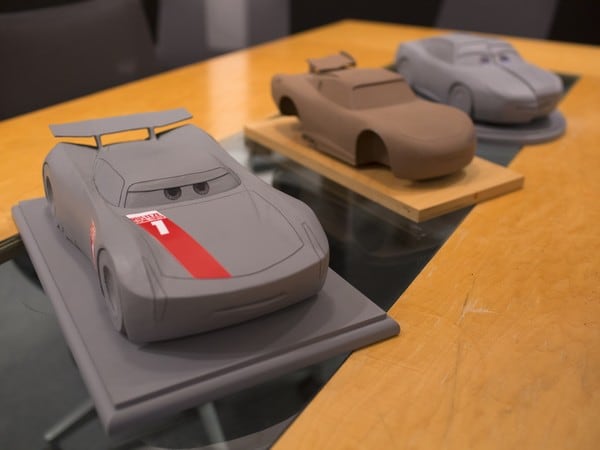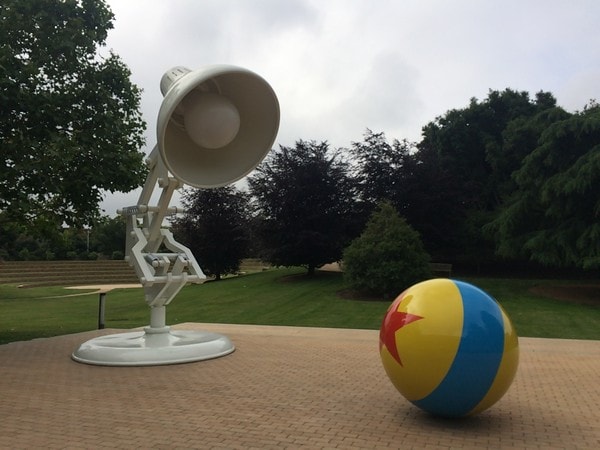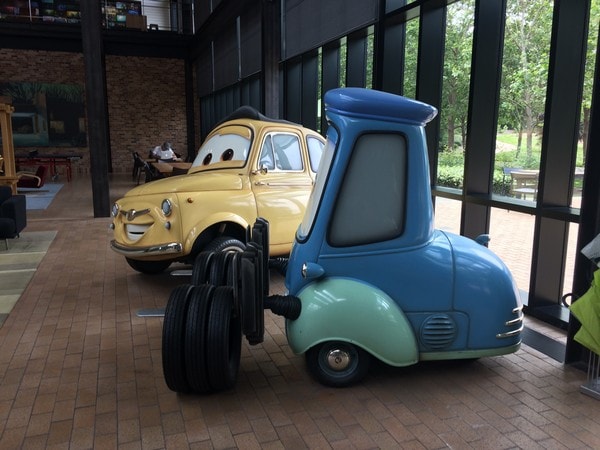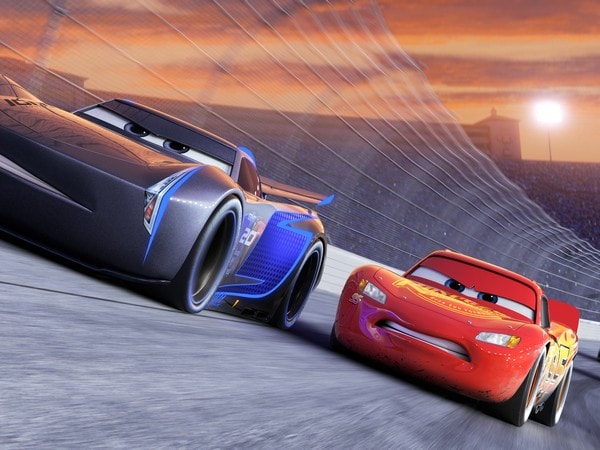
When Pixar launched its Cars movie franchise in 2006, it brought automobiles to life in a way that only the fabled studio could. Known for mega-hit movies like Toy Story, The Incredibles, Finding Nemo and Up, the original Cars introduced the world to up-and-coming racecar Lightning McQueen and an eccentric band of friends he meets after becoming stranded in Radiator Springs. As with its other computer-animated films, Pixar’s creative wizards took ordinary, inanimate objects—in this case cars—and turned them in to living, breathing stars.
The Cars 2 follow-up of 2011 was more akin to a side story involving Lightning’s tow truck friend Mater and a globe-spanning espionage story. Now, with Cars 3 set to release June 16, the story returns to focus on Lightning and racing. In the latest movie, Lightning, again voiced by Owen Wilson, is now a veteran racer who finds himself struggling to compete against brash rookies who are younger, more sophisticated and even more cocky than Lightning was when he burst onto the scene in the first film.
While the idea of living cars with their own personalities is certainly fantastical, seriously impressive research has gone into the characters of these films to ensure their accuracy in sound, depiction and features. Ahead of the release of Cars 3, Pixar invited us to its headquarters in Emeryville east of San Francisco for a rare behind-the-scenes glimpse into how the magic happens.
Real-car similarities begin at inception
Like any movie, Cars 3 began with an idea, a plot and a script for its computer-animated characters. As you can imagine, artist sketches for the car characters come early and often in the process to perfect how they will look. In this regard it’s similar to designing a real-life car, which begins with a designer’s sketch. In the automotive world and in Pixar’s world, too, those sketches are then digitized on computers, where artists can view them in a 3D-like world, rotating and seeing all their angles.
An even more interesting parallel we learned of involves clay modeling. Just as many automobile designs are made into full-size clay models, so are primary cast members of "Cars." As such, those working on the movie can get a physical idea of a character, see how their proportions appear, and have a sense of their three-dimensional personality. The man behind this labor-intensive process is Jerome Ranft, a Pixar sculptor who has worked on countless other characters and movies.
When he started creating clay models for the original Cars, Ranft says it was a new type of experience, as he was used to shaping organic forms and creatures. And he had an admission to make: "I’m not a car guy, but I’m a form guy. If I loved one car over another it might have affected my approach." In this aspect, Ranft had a different perspective than the other creators of the Cars characters. That’s because many more are professed "gearheads," starting with one of the men whose career is synonymous with Pixar’s road to success: John Lasseter, Chief Creative Officer of Walt Disney and Pixar Animation Studios.
Car buffs lend authenticity
"We are gearheads here," Lasseter told a small group of automotive media after a private 45-minute preview of Cars 3. For Lasseter, who directed and wrote the original story for Cars that term couldn’t be truer. "I grew up in the parts department," he said, recalling how his father was a parts manager at a Whittier Chevrolet dealership in Southern California. "I’d come home with a stack of brochures," Lasseter said, from which he would immerse himself in the details of those 1970s-era automobiles.
Decades later, Lasseter would become famous for directing blockbusters like Toy Story, executive producing every Pixar feature since Monsters, Inc. and winning two Academy Awards. Still, his sense of research and attention to detail carried on to bring the Cars franchise to life.
So while the "car-acters" in the film are obviously fantastical, animated entities, "we want to get the details right," Lasseter said. "We don’t have to do that but we do it. I insist our filmmakers do exhaustive research."
Cars and action done right
To capture that authenticity, the creators of Cars 3 again dove deep into both automobiles and the roots of racing. They collaborated with NASCAR teams and even learned camera work from actual races. They visited "ghost tracks" (abandoned facilities where legends once raced) to lend a sense of realism for an important plot aspect of Cars 3.
To capture their imagination and further spark the creative process, the filmmakers attend real-life auto shows around the world, including in Detroit, Frankfurt and Tokyo.
Just as important as looks are the sounds of the characters. Here, too, authenticity is key. Skywalker Sound, which is responsible for much of the stellar sound in Cars 3, went as far as recording rare real life cars. That straight-6 of the Hudson? "It’s the real deal," says Jay Ward, Creative Director and self-professed car buff. Ward himself has a 1939 Mercury Convertible with a flathead 239 engine. And yes, its sound plays a part in the film.
While all this background work and striving for authenticity may seem overboard for a movie about animated cars, the creators of Cars see it as their duty. And in a time when many kids would rather text on their phone or play a videogame involving cars rather than drive a real one, the filmmakers say that duty becomes even important.
"There’s a generation that would like a laptop more than a car," Ward said. "If even just a couple kids watch the film and care about cars, that’s a win for me."
